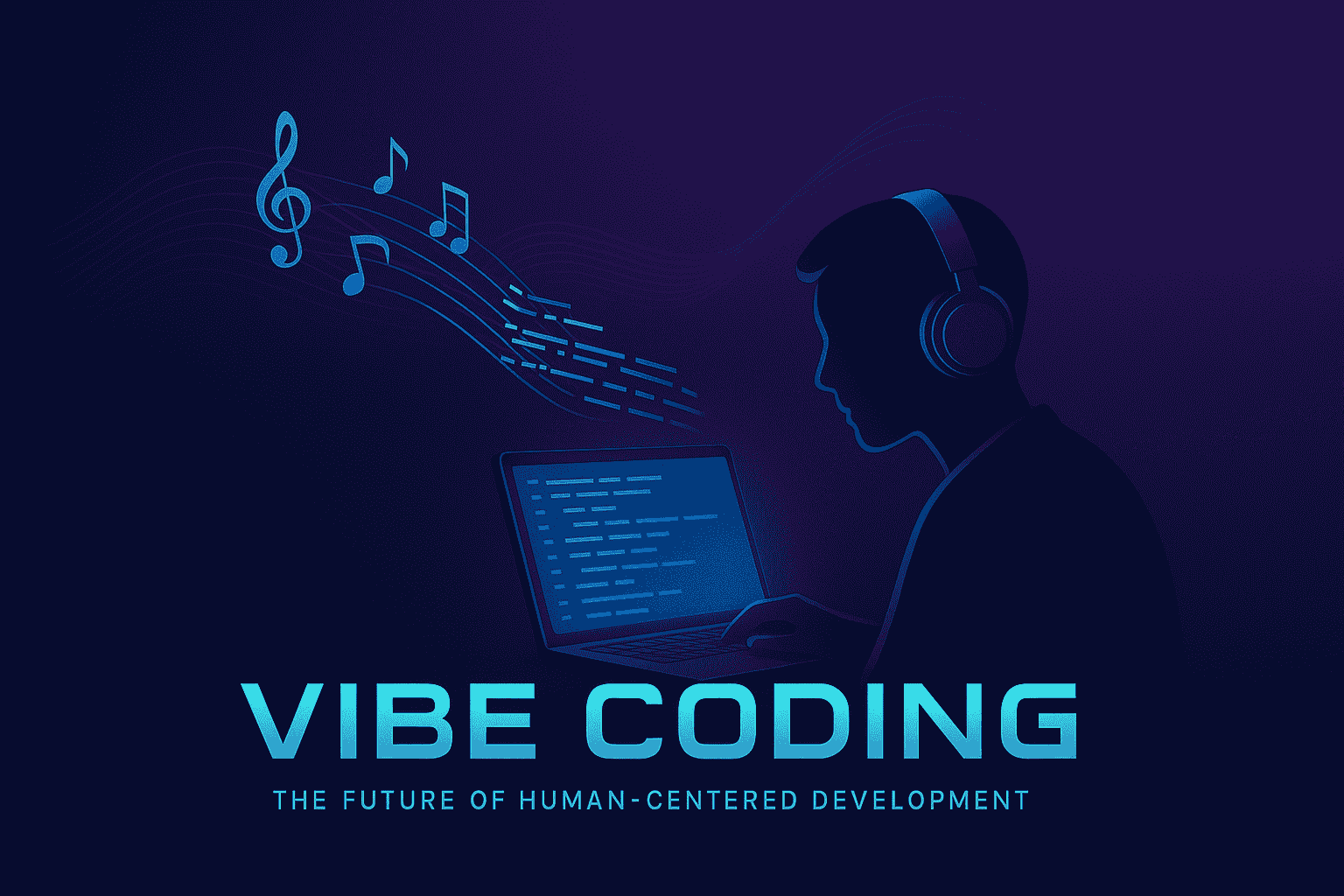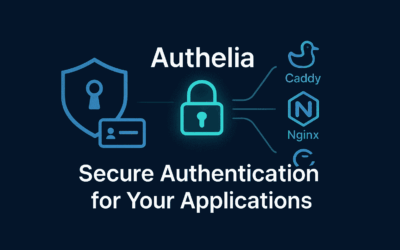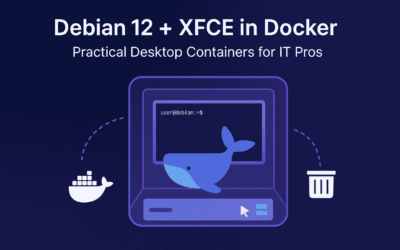Introduction
In the fast-moving world of software engineering, new frameworks, languages, and methodologies appear almost every year. Yet, many of them are variations of the same fundamental idea: making coding more efficient, accessible, and creative. One emerging concept in this space is Vibe Coding—a fresh approach that’s less about syntax and more about flow, intuition, and collaboration.
What is Vibe Coding?
Vibe Coding can be thought of as an experiential way of writing code that emphasizes rhythm, environment, and human intuition as much as technical accuracy. Unlike traditional “heads-down” programming, it’s about creating an environment where developers feel aligned with the tools, the codebase, and the team—almost like musicians syncing in a jam session.
It’s not a formal methodology or framework, but rather a mindset shift: coding not as a mechanical process, but as a creative and fluid act where the “vibe” matters.
Think of it as the jazz improvisation of software development. Jazz musicians know music theory inside and out, but they also know when to break the rules to create something beautiful. Similarly, vibe coding requires a solid foundation in programming principles while maintaining the flexibility to deviate when the situation calls for it.
The Core Principles of Vibe Coding
1. Context Over Convention
While coding conventions are important, vibe coding recognizes that context is king. A naming convention that works perfectly for a financial application might feel out of place in a game development project. Vibe coders assess the situation and choose approaches that feel natural within their specific context.
2. Flow State Optimization
Vibe coding prioritizes maintaining flow state—that magical zone where code seems to write itself. This might mean temporarily ignoring certain formatting rules if stopping to fix them would break your concentration, then circling back during a natural pause.
3. Intuitive Architecture
Sometimes the “right” architectural pattern according to textbooks doesn’t feel right for your specific problem. Vibe coding trusts that nagging feeling that suggests a different approach might be more elegant or maintainable in your particular context.
4. Collaborative Sensing
In team environments, vibe coding involves reading the room during code reviews, pair programming sessions, and technical discussions. It’s knowing when to push for your preferred solution and when to go with the team’s flow.
Vibe Coding in Practice
Code Reviews with Emotional Intelligence
Instead of mechanically checking off style guide violations, vibe-aware reviewers consider the author’s intent, the urgency of the change, and the overall health of the codebase. They might let a slightly verbose variable name slide if it makes the code more readable, or suggest a refactor if they sense the author is struggling with a particular pattern.
Adaptive Problem Solving
When facing a complex bug, traditional debugging might suggest a systematic, step-by-step approach. Vibe coding incorporates intuition—that hunch about where the problem might be hiding based on your experience with similar issues. It’s not about skipping due diligence, but about letting your instincts guide where to look first.
Every codebase has technical debt, but vibe coding helps you sense which debt is actively hampering development and which can be safely ignored for now. It’s the difference between compulsively refactoring everything you touch and strategically addressing the friction points that really matter.
Common Pitfalls and How to Avoid Them
The Ego Trap
“I’m just following my vibe” can become an excuse for not accepting feedback or following team standards. True vibe coding includes the humility to recognize when your intuition is wrong.
Inconsistency Issues
Without some guardrails, vibe coding can lead to inconsistent codebases where every module feels like it was written by a different person. Establish team agreements on non-negotiable standards while leaving room for contextual decisions.
Junior Developer Challenges
Vibe coding requires experience to be effective. Junior developers benefit more from following established patterns until they develop the intuition to know when to deviate.
Building Your Vibe Coding Skills
1. Expand Your Pattern Recognition
The more patterns you’ve seen, the better your intuition becomes. Study different codebases, architectural styles, and problem-solving approaches. Your “vibe” is partly your subconscious pattern matching at work.
2. Practice Mindful Coding
Pay attention to how different coding approaches feel. Notice when something seems off, even if you can’t immediately articulate why. This self-awareness is crucial for developing reliable intuition.
3. Cultivate Code Empathy
Consider how your code will be read and maintained by others. Good vibe coding feels right not just to you, but to the broader development context.
4. Embrace Retrospection
Regularly reflect on your vibe-based decisions. Which ones worked out well? Which ones didn’t? This feedback loop helps calibrate your intuition over time.
The Future of Vibe Coding
As AI tools become more prevalent in development, the human ability to sense what feels right becomes even more valuable. AI can follow patterns and generate code, but it takes human intuition to know when to break those patterns creatively and effectively.
Vibe coding represents a maturation of our field—moving beyond rigid adherence to rules toward a more nuanced, context-aware approach to software development. It acknowledges that programming is as much art as it is science.
Why IT Professionals Should Care
For IT professionals—whether developers, sysadmins, or security engineers—Vibe Coding matters because it shifts the focus from simply writing correct code to creating sustainable workflows. This mindset leads to:
- Faster onboarding for new team members.
- Healthier team dynamics.
- Reduced technical debt through better habits.
- More resilient systems, since teams naturally align on practices.
Real-World Examples
- Live Coding in DevOps: Teams experimenting with infrastructure as code can hold “vibe sessions,” where changes are applied and tested collaboratively in real time.
- Hackathons & Innovation Labs: Instead of rigid sprints, coding in an inspired environment can produce faster prototypes.
- Remote Team Collaboration: With modern tools like VS Code Live Share, GitHub Codespaces, or JetBrains Code With Me, developers can sync their workflow in ways that feel natural and intuitive.
Final Thoughts
Vibe Coding is not a replacement for best practices, testing, or architecture. Instead, it’s a complementary mindset—a reminder that software development is as much about human creativity as it is about machines and syntax.
In a world where AI increasingly writes boilerplate code, the human element—the vibe—might just be the thing that keeps coding meaningful.




